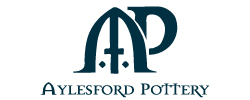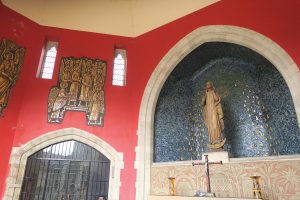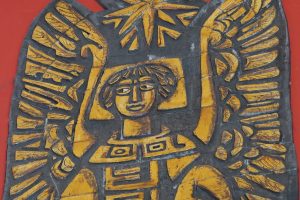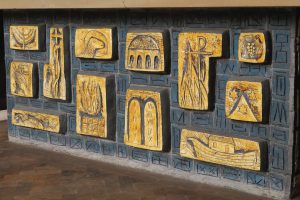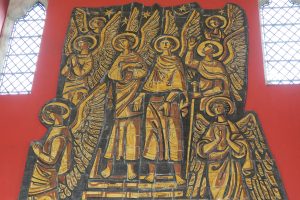Handmade ceramics,
created by Master Potters
here in the heart of Kent
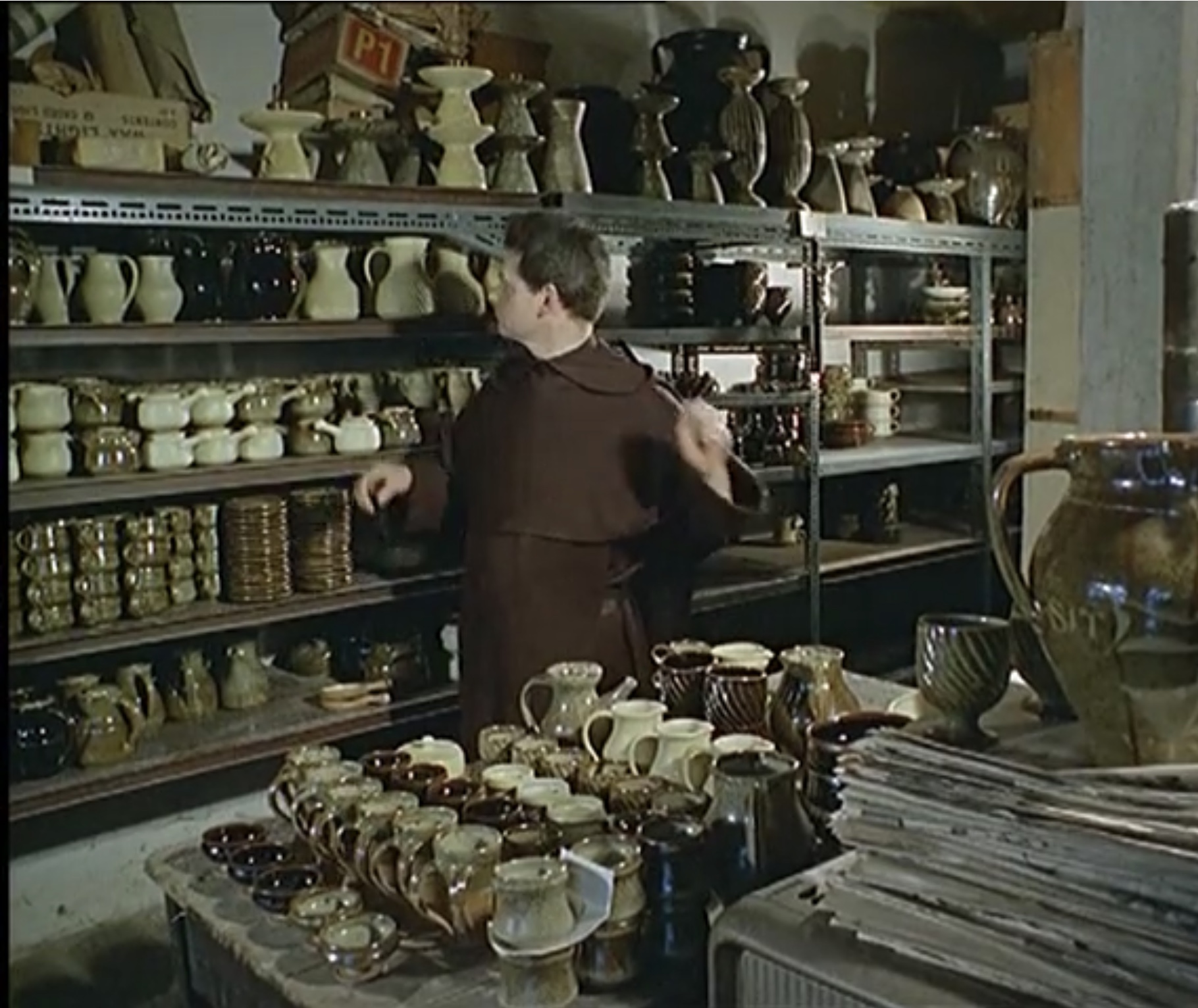
History of Aylesford Pottery
The land on which Aylesford Pottery is built was first home to the Carmelite religious order in 1242. Some of the oldest buildings remain, making the surrounding area of great historic and religious interest. People visit the site from all over the world for pilgrimage and retreat purposes. Such is the significance of the area; national and international television frequently use the vicinity for filming and making documentaries.
David Leach
The relationship between the Carmelites and the Pottery has been entwined throughout the more recent history of this place. In 1949 Fr Malachy Lynch became the First Prior and began the restoration of the Friars. In 1955 David Leach was employed to start up the pottery. David Leach was the son of the famous Bernard Leach who introduced Japanese Stoneware pottery to the West. For economic reasons, the very first Aylesford wares produced were English slipware (made from earthenware clay, which fires at lower temperatures). After the first year, oil fired kilns were built. These were based on the Leach kiln at St Ives in Cornwall and intended for firing stoneware clay (firing at higher temperatures).
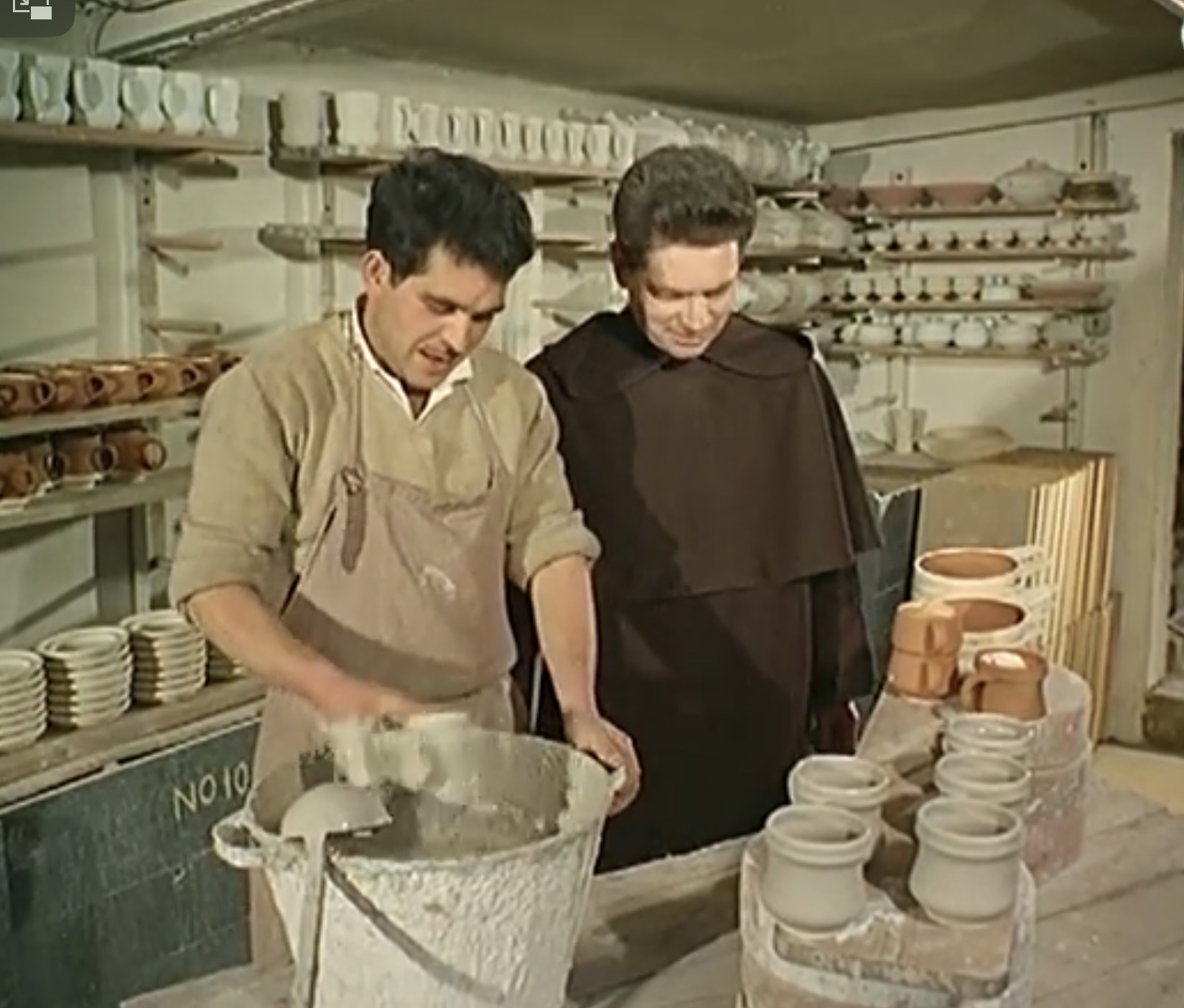
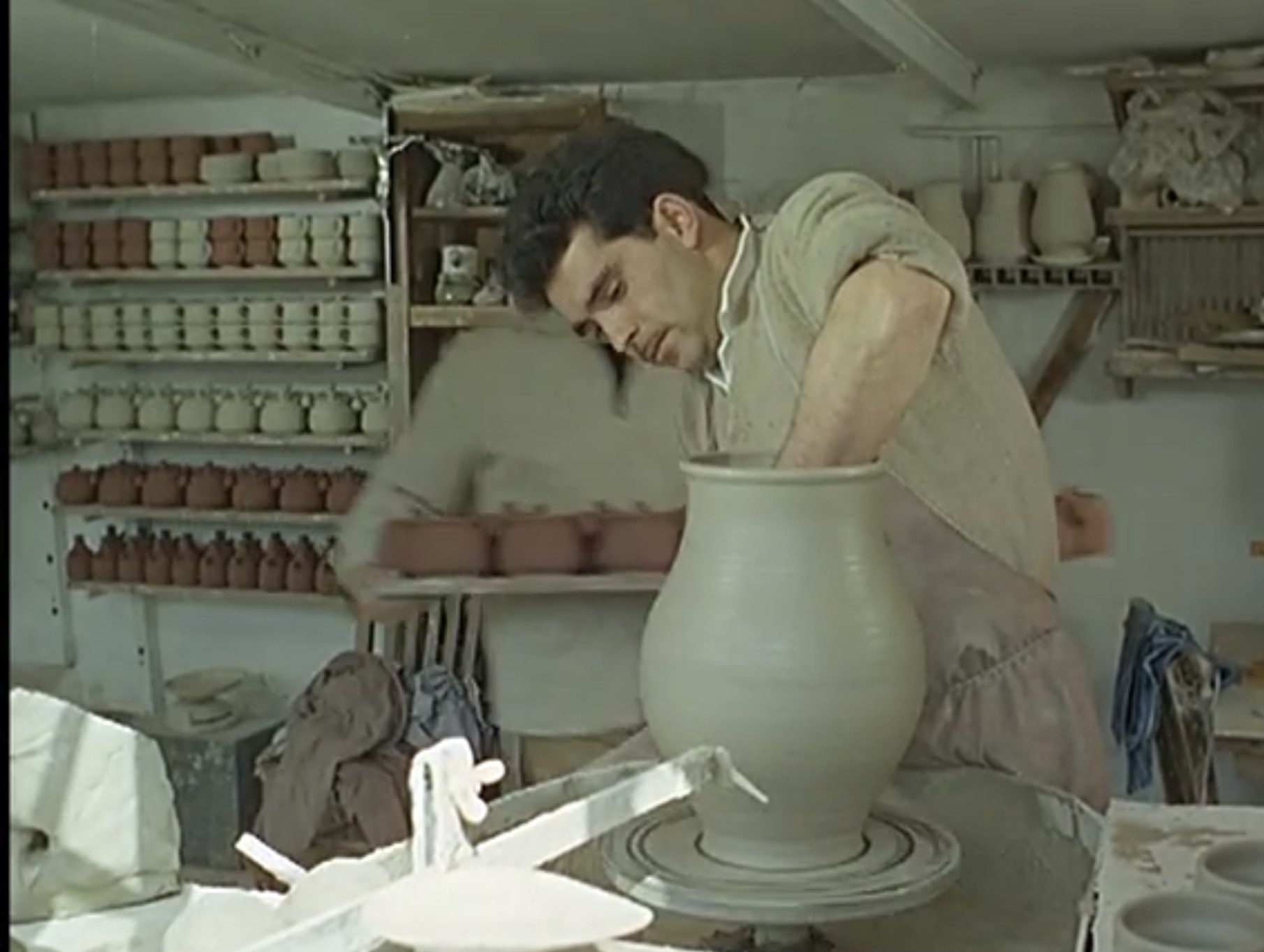
Colin Pearson
David Leach left Aylesford Pottery in 1958 after a brief overlap with Colin Pearson who then took over the running of the pottery. Colin Pearson was another extremely well-respected potter who introduced innovations in design, he was known for rejecting traditional methods of working and producing work with great sculptural presence. Brother Michael, who had been assigned to the craft in 1955 and had become thoroughly versed in its various aspects, artistic, economic and technical, took over the management of the pottery when Colin Pearson moved on. It was during this time that Portuguese potters were employed to help in what was now one of the attractions bringing visitors to the Priory.
James Kelsey
In the mid-1980s the potters from Portugal were at retirement age and returned home, and at the same time the Friar running the pottery returned to Ireland. With no one else able to take over, and for economic reasons it was decided to close the pottery. Visitors and pilgrims to the Friars were so sad that the pottery had closed it was decided that the pottery could run independently, and so local potter James Kelsey began the new phase. He renovated much of the old equipment and built a new, fuel efficient kiln that fired on propane gas. He also brought fresh ideas and designs to the studio pottery range.
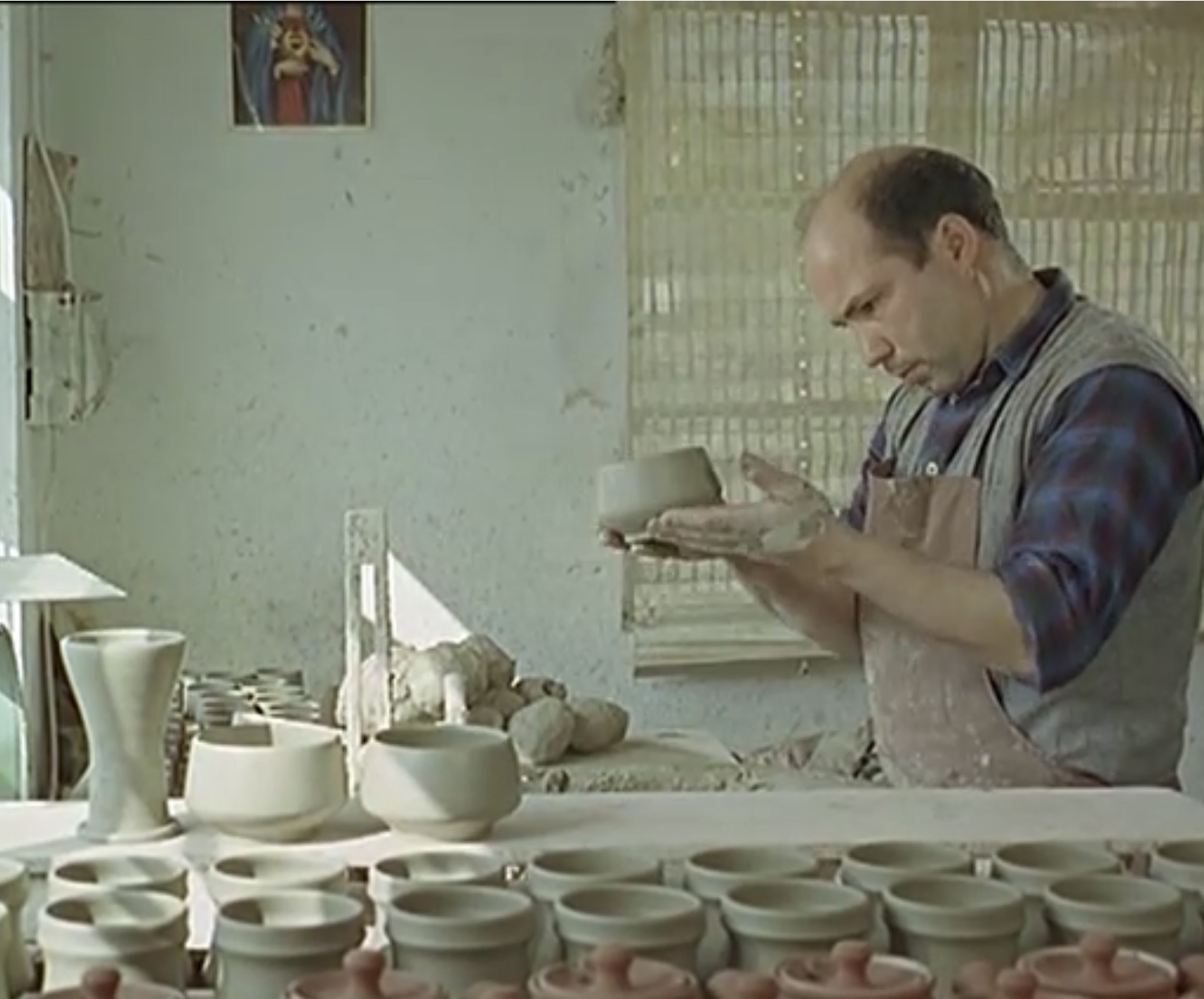
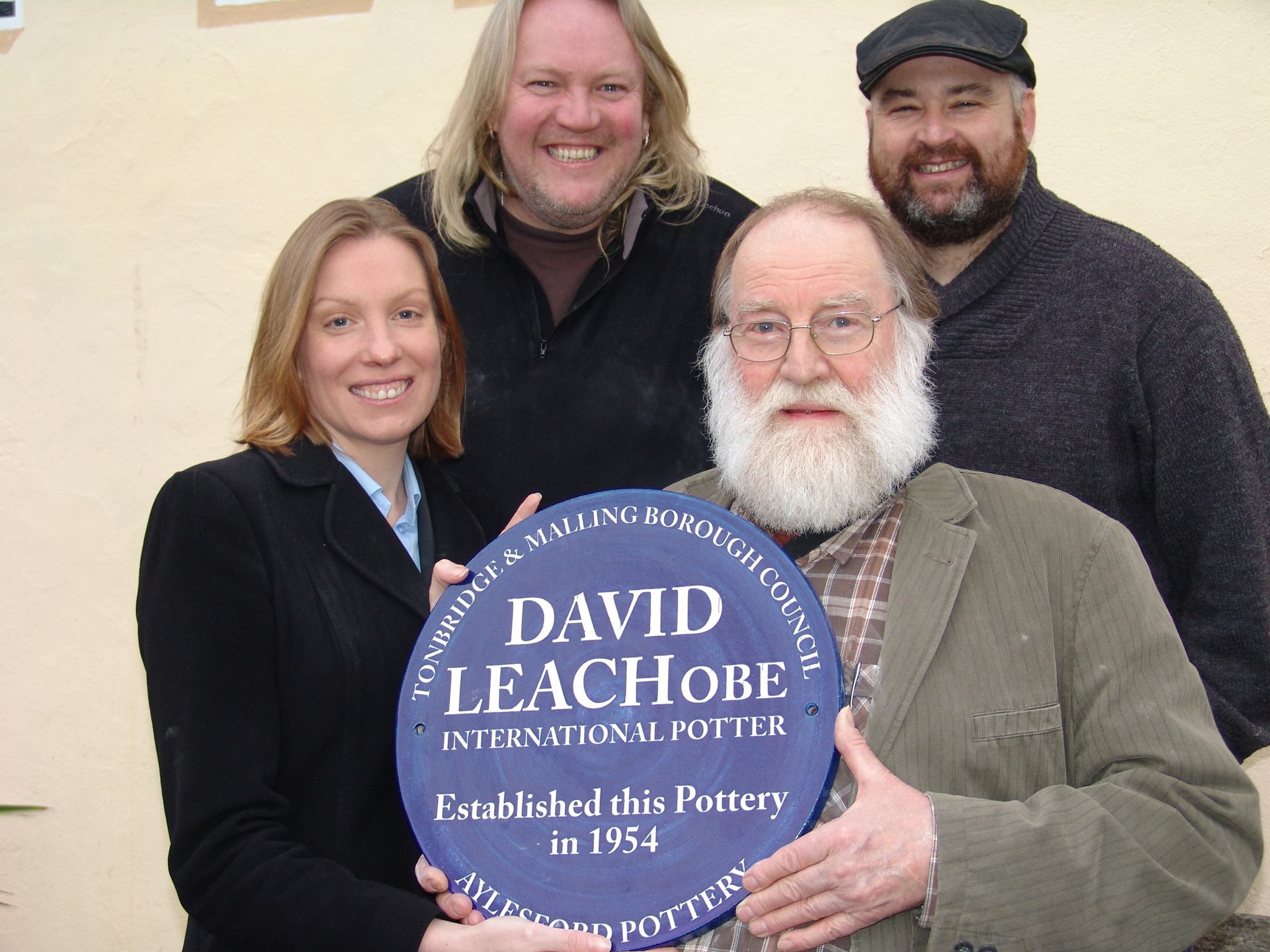
Alan Parris & Mark Byles
In 1999 the running of the pottery was taken over by Alan Parris and Mark “Billy” Byles. Alan had trained at the Medway College of Art under (along with many other tutors) Colin Pearson. On leaving college, Alan went on to work in many potteries in London, Kent and abroad.
Billy studied at the prestigious Chelsea Pottery and after completing an apprenticeship went on to become their chief thrower. He later went on to work for S&B Evans & Sons, a garden ware pottery close to the famous Columbia road flower market. It was here that Alan and Billy met, and first worked together. Soon after, they set up a part time venture in a small converted stable in Fawkham, Kent. The Fawkham Pottery specialised in producing terracotta garden ware sold to small independent outlets and through craft and garden shows.
Alan had worked at Aylesford Pottery for some years and when it became vacant in 1999 the pair decided to take over the running of the pottery. During their tenure, Alan and Billy have introduced a wide variety of ceramics as well as keeping the teaching tradition of Aylesford pottery alive. They have set up Aylesford School of Ceramics, which is now an important community resource for the local population.
About Adam Kossowski
“Aylesford Priory has always inspired creative arts, but in particular the name of Adam Kossowski pays an important part. It was Adam Kossowski who created an extensive range of ceramic friezes that illustrate parables from the bible which can be seen in the medieval buildings and around the estate.”
Learn More About the Rich History of Aylesford & Aylesford Pottery
Visit:
https://en.wikipedia.org/wiki/Aylesford
